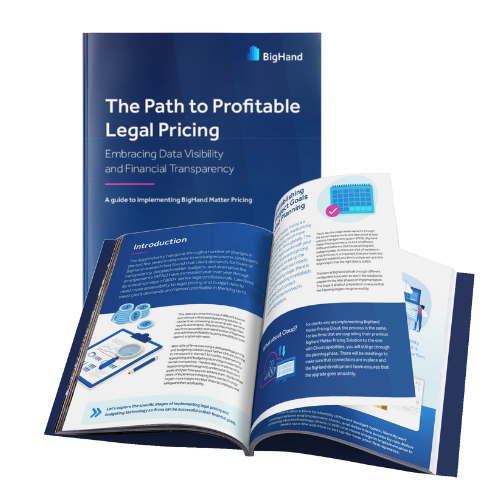Our research also revealed that 48% of firms saw a rise in client demand to show investment value and, for legal pricing teams, the ability to track budgets is essential to meeting these expectations. However, relying on Excel alone presents significant challenges for pricing professionals. Without real-time visibility, pricing teams struggle to accurately track budgets, manage scope changes and provide clients with timely matter updates.
Budget tracking leads to better matter management as it facilitates a more open platform for discussions with a client about budgets versus actual spending. With advanced matter pricing technology, pricing teams can access sophisticated dashboards that track actual profitability data on a real-time scale, which is simply impossible to achieve in Excel.
This level of financial insight allows pricing teams to offer clients genuine financial transparency throughout a matter. The technology also helps track scope changes, ensuring you can proactively address potential overruns. Adopting specialized matter pricing tools supports the firm in meeting client pricing demands, ensuring competitive positioning, and maintaining optimal profitability.









